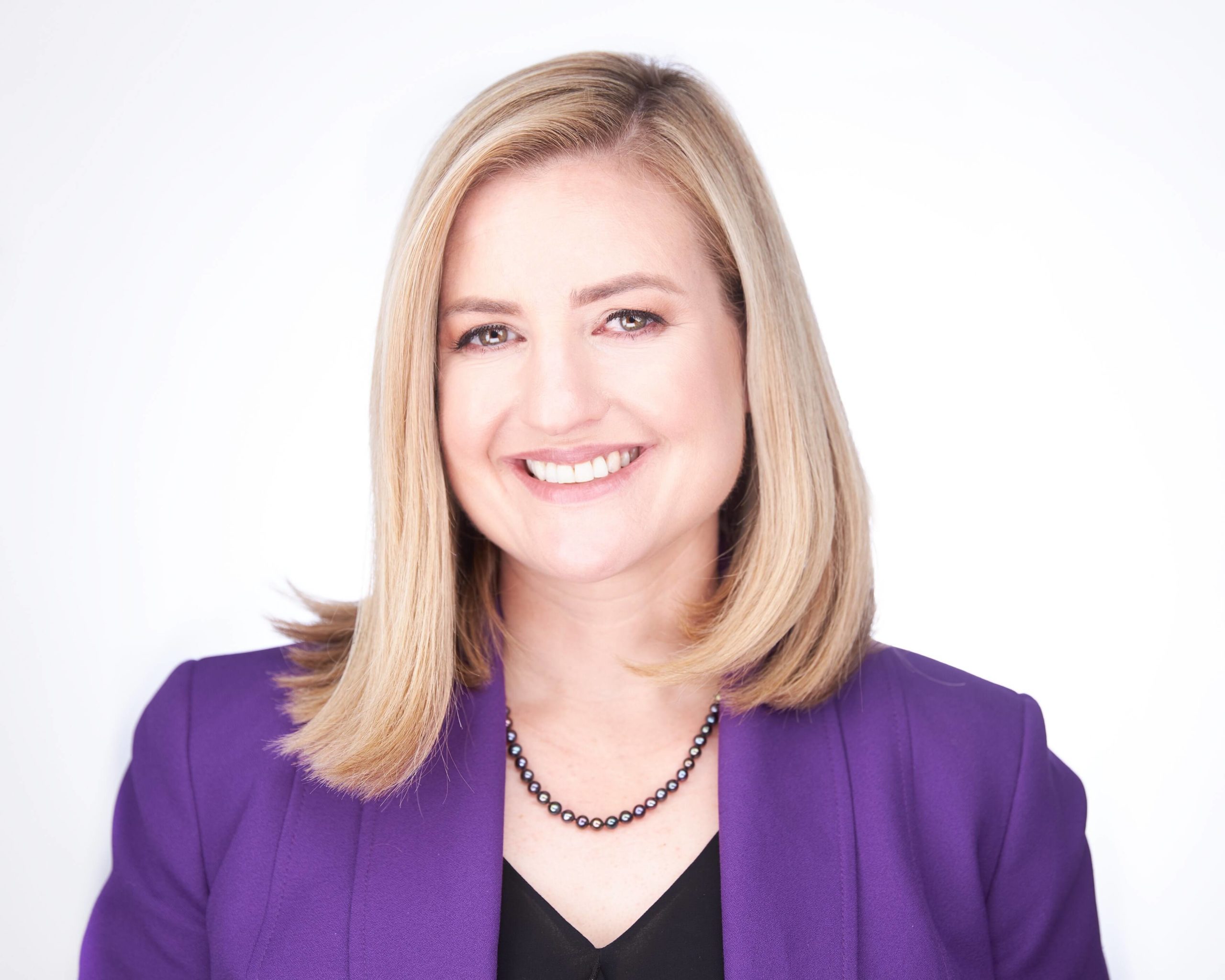In September 1966, then-Associate Professor Robert McConnell asked his fifth- year College of Architecture studio class at Arizona State University (ASU) to re-vision 40 miles of the Salt River, adjacent to the Tempe campus.
Earlier, the school’s dean, James Elmore, FAIA (1917–2007) had challenged the faculty of the growing university, “Let’s do something with the river.” In turn, the 16 students, including future Valley architects such as Edward B. “Ned” Sawyer, went to their drawing tables for eight weeks. How could the waterless river scar become a beautiful community asset for the young Valley?
This classroom assignment became the source of the Rio Salado Project, which has since inspired communities—in particular, Tempe—to revitalize areas of the once dry watershed. In May 1998, Elmore contacted those former students, recalling their work: “1966-1967 was a remarkable year for the future of the Salt River Valley’s people, thanks to you,” he wrote in part.
Thanks to their work and that of many others since, including the late Senator John McCain, the Environmental Protection Agency (EPA) announced in September 2020 that the Rio Reimagined-Rio Salado Project in Arizona would become the 20th Urban Waters Federal Partnership (UWFP) location.
With this designation, six Valley cities, two Native American communities, and Arizona State University will collaborate with 15 federal agencies to restore 58 miles of the Lower Salt, Gila, and Agua Fria rivers, from the Granite Reef Dam to State Route 85 in Gila Bend.
Federal, local and tribal partners can work together in innovative ways to find new value in this underutilized natural resource.
“The Urban Waters Federal Partnership designation will help promote enhanced water quality and access, reconnect communities to their waterways, and foster sustainable water stewardship and management,” says EPA Pacific Southwest Regional Administrator John Busterud. “This represents a major step forward toward EPA’s urban waterways goals in the Pacific Southwest region.”
The River Runs in All of Us
When Professor McDonnell addressed those future architects more than a half-century ago, much of the Salt River was a dried-up dumping-ground, an eyesore, and a periodically flooded hazard.
But for thousands of years, it had been a perennial albeit volatile waterway, which attracted people 15,000 years ago and Hohokam settlements as early as the 8th-century C.E.
“The Valley of the Sun exists because of Native American tribes who ingeniously transported water across the Valley floor through an innovative canal system,” says Phoenix Mayor Kate Gallego.
After them, and reusing those canals, early pioneers founded towns such as Lehi, Mesa, and Phoenix. Other settlements followed and thrived. The towns became cities, and people heard about the agricultural and other economic opportunities and health benefits of living in the Valley.
Because of the vagaries of the Salt River, settlers petitioned the government to enact the National Reclamation Act of 1903, which harnessed the water to irrigate farms and provide hydro-power. This also eliminated much of the damage and death from flooding but also created the blanched riverbed that Dean Elmore called on Professor McDonnell and his students to address six decades later.
In 1990, a referendum for a Rio Salado Project development failed with the voters. At about the same time, the City of Tempe adopted the idea and commissioned Tempe Town Lake in 1995.
Costing approximately $47 million to build, the lake operates with a hydraulically operated dam with eight gates; these can be lowered to allow storm waters to pass through and raised to capture the tail end of the flow to re-establish the lake.
Senator McCain formally requested that the EPA designate 45 miles of Rio Salado as an Urban Waters Federal Partnership on December 13, 2017, less than a year before he died.
“[W]e have formed a project working work that includes nonprofit, commercial, and tribal and community leaders that have all agreed to pursue this vision,” he wrote then- EPA Administrator Scott Pruitt. “For this to be successful, it will require constant coordination between these stakeholders, including the many federal agencies that have a nexus in the river.”
A Watershed Opportunity
As Senator McCain noted, the Rio Reimagined Project will require robust public-private partnerships to create sustainable projects and protect the watershed for the future.
In addition to the municipalities and tribes, local groups, led by ASU, have supported the effort: Salt River Project, Maricopa Association of Governments, Greater Phoenix Leadership, Arizona Community Foundation, Valley Partnership, Greater Phoenix Economic Council, Westmarc, East Valley Partnership, Arizona Forward, and others.
ASU has coordinated federal funding opportunities with direct impact to river communities, explains its president, Dr. Michael Crow. These include a grant-funded, two-year heat mitigation project in disadvantaged and vulnerable neighborhoods in West Mesa; a three-year brownfields assessment and clean-up grant to restore and revitalize contaminated parcels along the river for future use; and a water quality/quantity testing and research by the Flood Control District of Maricopa County to facilitate riparian planning, restoration and vegetation management with the Salt and Gila River corridor.

Dr. Crow adds that the Rio Reimagined project also offers many opportunities for research and discovery for professors and students.
“Faculty and leadership of the Design School continue their active engagement in the Rio Reimagined initiative, contributing to sustainability and resilience work in the community,” he says, noting that many other schools at ASU are actively participating.
The EPA and other federal agencies are also looking forward to Rio Reimagined projects that will enhance the lives of people and their communities.
After the March 2018 Rio Reimagined Kickoff event in Phoenix, the EPA began work with Valley partners. For example, the agency funded an Urban Waters planning project to help the City of Phoenix develop a community-based revitalization plan for the Rio Salado within its western river footprint. Also in Phoenix, the EPA Community Revitalization program invested funds to help the City develop an action plan for promoting local food systems and healthy, walkable, economically vibrant communities.
In addition, since 1995, the EPA’s Brownfields Program has funded more than $6 million to support redevelopment in the Rio Salado watershed.

“Once sites are assessed, the communities will be able to work with property owners through the Urban Waters program to identify funding opportunities and streamline regulatory requirements,” explains Phoenix Mayor Kate Gallego.
And, last spring, EPA, FEMA, the Bureau of Reclamation, Maricopa County, the Cities of Phoenix and Tempe, and ASU finalized a report on integrating green infrastructure and low-impact development into the county’s Hazard Mitigation Plan.
Most recently, the EPA has been working with local partners on identifying Opportunity Zones, which are low-income and distressed areas where new investments, under certain conditions, may be eligible for preferential tax treatment in the Rio Reimagined footprint.
Finally, “As part of the Urban Waters Partnership,” Busterud says, “we will begin identifying actions that citizens can take to help improve the water quality and quantity in the watershed.”
In turn, the U.S. Forest Service, an agency of the Department of Agriculture, will focus on “ensuring that natural resources, including the water from the watershed, are available to enrich the lives of the people living there,” it said in a statement. “The Urban Waters Partnership will restore waterways and environments, which will in turn help local economies by boosting recreation and creating jobs. This partnership will ensure that this section of the watershed is managed sustainably.”
Valley cities will also be able to plan specific projects.
Mayor Gallego says that the designation creates possibilities to accelerate the planning and development of revitalization projects such as blighted riverfront areas which might ultimately support recreational, housing, and entertainment/ arts opportunities.
“Renewing our riverfront will require a diverse group of leaders and community members to come together and agree to compromise for the good of future generations,” she says.
“For example, the U.S. Department of Transportation, which significantly funds infrastructure including bridges, river crossings, and mass transit, will be a huge asset in this work.”
The Urban Waters designation also facilitates coordination with federal programs.
“With Urban Waters support,” she explains, “proponents of a future project can work directly with an agency such as the EPA and incorporate recreational amenities into a U.S. Army Corps of Engineers design for the adjacent river improvements.”
In Tempe, the lake has already generated $1.5 billion of economic impact including shoreline mid-rise commercial and residential developments. In addition, the City’s long-range Rio Salado + Beach Park Master Plan will complete the pedestrian and bicycle loop circling the lake and create other recreational and entertainment nodes, explains the City’s principal planner, Bonnie Richardson.
With the Urban Waters designation, the City can plan sustainable landscape improvements, providing cooling, shade, and additional habitat for birds and native animals.
“We’re also envisioning birdwatching sites and educational opportunities to complement more action-oriented activities such as water sports, rock climbing, volleyball, exercise plazas, and perhaps a zip line, among other activities,” she says.
Senator McCain said, “I believe if we get this done, someday your kids and you will be walking along and you’ll be able to say, ‘I played a role in that. I was part of the effort that made this such a wonderful place to raise your kids, and for you to have a better life than the one you had before I started on it.’ That’s kind of a nice legacy.”
For more information on the Rio Reimagined project, see www. rioreimagined.org. Here you can register for a virtual Urban Waters Federal Partnership On-Boarding Workshop, held on Oct. 7 and 8. The UWFP website is www.urbanwaters.gov.
Keep up with all of Green Living’s content by visiting our website and following us on social media.





